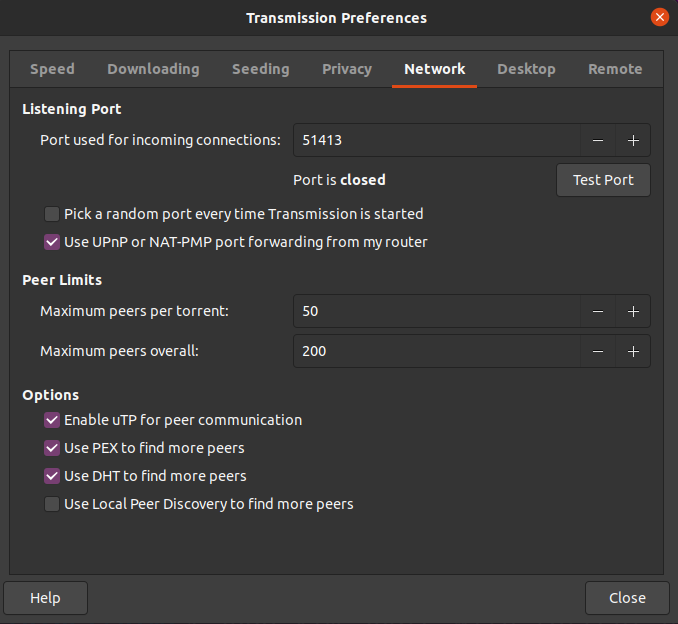Share your files with torrent
Urania Logico - tech EN…sharing peer to peer is caring
Authentically Decentralized
Peer to peer (P2P) means no client-server relationship, since content is not served by one but distributed among peers. If we had adopted this communication protocol (BitTorrent) as a standard to share files, computing power and hardware could have been allocated in a different way, but surely the learning curve is more challenging than the one of Telegram.
In order to share a file you must create a torrent file. A torrent file has the .torrent extension and it provides metadata about the original file, that is splitted into pieces (information chunks). This file is basically a dictionary, an hash map with keys and values, for instance the key length contains as value the size of the file in bytes.
The tracker, not mandatory if you know who is sharing and you have the .torrent file, is a public or private server that assist you while finding the chunks and it also coordinates available peers, so it speeds up your downloads by requesting pieces from different computers, maximizing the slow upload speed our internet connections usually have.
Seeders are peers sharing the file, Leechers are the ones downloading it. Typically the more a file is seeded the faster is going to be downloaded. There are some torrent search engines to look for movies, books or whatever you need.
In order to actually obtain a copy of the file you can download a client such as Transmission. What this software does is to download and upload from many peers and then recompose the file at destination.
There is no cloud, just someone else’s computer
Torrents are considered to be perfect for popular files since if you are the only one seeding the file your machine has to be turned on to allow others to download it. Actually you can use this protocol even to share any kind of file.
If it makes you feel better you can zip everything and protect it with a password (remember: every file locked with a simmetric password, when on the internet, it’s only a matter of time before it gets unlocked). It is unbearable that BitTorrent protocol is known, as others free sharing systems, for the amount of pornography, and so sexist propaganda, rather than its network-powered architecture.
Create a Torrent With Transmission
File - New - [Select Source file - Add a tracker (udp://tracker.openbittorrent.com:80) - Uncheck "private"] New

Then you’ll have to send the .torrent file to a friend! In order to share files on the net a computer has to be accessible: public IP and open firewall. You can check if your port is open on Transmission by checking:
Edit - Preferences - Network - 51413 Test Port

If the port it’s closed you can enable UPnP on your router (https://192.168.1.1) or add manually an IPv4 with your computer IP (:~$ ifconfig) and as ports the 51413. If you test the port on Transmission now it should be open.
Magnet Links
Magnet links are strings containing only essencial information that participants in the torrent need, one of these information is a unique cryptographic hash of the torrent files, that allows you to know who is in the same torrent. They are links and not files, so there is no need to host them, they are just like any other hyperlink on the web.
Users don’t have to go through the additional step of downloading and opening a file and providers don’t have to bother with a hosting solution. Easy to use, your web browser should prompt you to open the magnet link in your torrent client. A torrent based on a magnet link hash is incredibly solid. Even if none of the original contributors are there, if there is a seeder online the torrent can be found. As long as the hash can be calculated from the torrent files again, existing magnet links will work.
Know more
“Our music is for free
You can download .mp3
Keep it playing on repeat
If you hate it - press delete”
-Dubioza Kolektiv